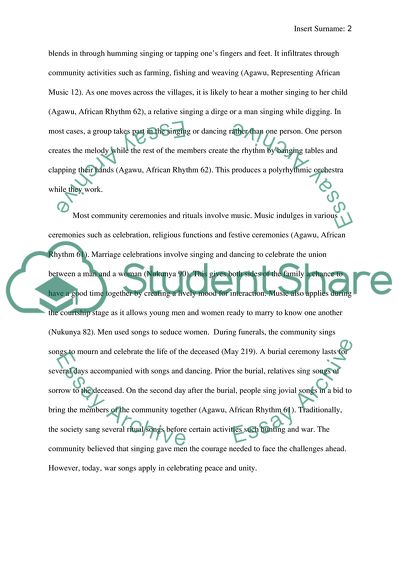Cite this document
(Traditional Marriage and Cultural Values in the Ewe Land Essay, n.d.)
Traditional Marriage and Cultural Values in the Ewe Land Essay. https://studentshare.org/culture/1813119-traditional-marriage-and-its-cultural-values-in-ewe-land
Traditional Marriage and Cultural Values in the Ewe Land Essay. https://studentshare.org/culture/1813119-traditional-marriage-and-its-cultural-values-in-ewe-land
(Traditional Marriage and Cultural Values in the Ewe Land Essay)
Traditional Marriage and Cultural Values in the Ewe Land Essay. https://studentshare.org/culture/1813119-traditional-marriage-and-its-cultural-values-in-ewe-land.
Traditional Marriage and Cultural Values in the Ewe Land Essay. https://studentshare.org/culture/1813119-traditional-marriage-and-its-cultural-values-in-ewe-land.
“Traditional Marriage and Cultural Values in the Ewe Land Essay”. https://studentshare.org/culture/1813119-traditional-marriage-and-its-cultural-values-in-ewe-land.


